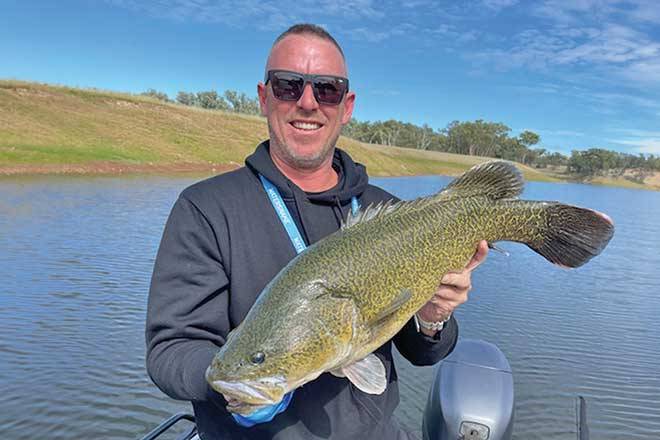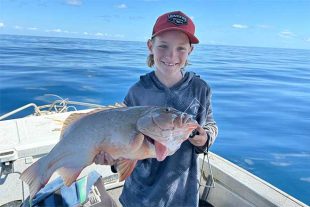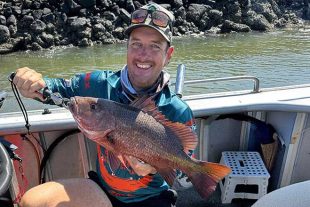Over the past three weeks, I have penned six pages on recreational freshwater fishing in Queensland, as I know it.
It’s come down to the demise of this section of Fisheries Queensland over the past six years.
The loss of two doctors of fisheries biology and a further six biologists who were stationed throughout regional areas both east and west of the divide.
We have a workshop due in the next couple of months and a lot of questions need to be answered.
First, the total of fish purchased, numbers released and the totals of money raised for each of the past six years, plus Stocked Impoundment Permit System reports written up for all stocking groups to view prior to the workshop.
Second, SIPS has been in operation for 24.5 years now, how much has been raised in that time and what outcomes need to be discussed in regards to the future of the permit system?
Third, the stocking of rivers and streams by local fish stocking groups and funding required, the other side of this hard work is the actual availability of access to fishing areas.
The major concern here is the local government authority (shire councils) giving or providing access to water reserves and stock reserves, which are under their guidelines.
The word ‘biosecurity’ leaps out as the discussions on these locations are had.
I would like to suggest that all LGAs take a leaf out of the Goondiwindi Regional Council’s fishing guide – grc.qld.gov.au/downloads/file/510/fishing-brochurepdf
When reading about such locations, think along the lines of the Indigenous rangers who could look after these areas, as is the case with Goondiwindi.
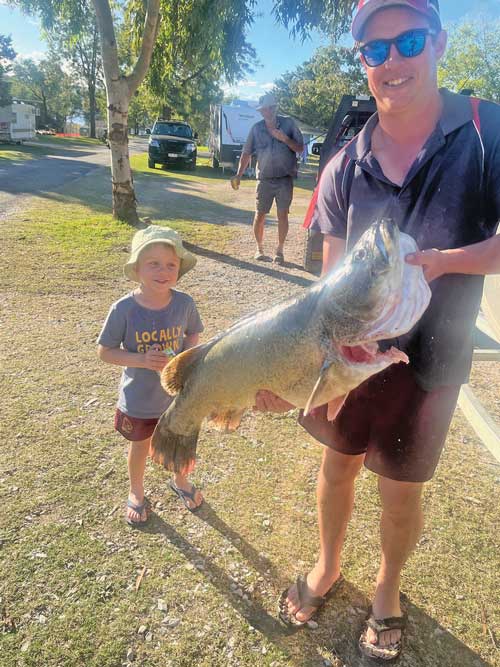
Fourth, the ‘I own this water’ attitude.
We need to seek out, through the Department of Resources, the full and total picture on access for freshwater recreational anglers, many of whom are stocking group members and stock rivers and streams in their local regions.
While talking about rivers, the major concern to all anglers are fenced-off rivers and streams, with either strands of barbwire or electric fence tape.
This is dangerous.
Currently, one location is under investigation – an angler was lucky to escape being tangled and possibly drowned had the water been flowing a little faster.
Fifth, the fishing permit.
As a recreational angler who fishes in freshwater, I ask… could you afford to spend $0.10 a day to fish all year round, at a total cost of $36.50?
The other way would be to purchase a weekly permit at a cost of $10 for 52 weeks, which would equate to paying $520 total to fish for a year.
Back in 2000, the permit cost was $15 a year and $5 weekly, locked in at that price for 10 years, with 50,000 freshwater anglers buying an annual permit.
At the end of those 10 years, about $7.5 million would have been collected.
From 2010 to 2020, at a cost of $25 annually and about 85,000 anglers, $21.25 million would have been collected.
So, from 2020 to 2025, with 130,000 recreational freshwater anglers paying $36.50 per year, about $23.7 million would/could have been raised.
The grand total that would have been collected from 2000 to 2024 is about $52.47 million – which could have been spent for freshwater.
And no Consumer Price Index rise, as the money collected is for a trust fund and a locked-in cost!
Would you be happy to pay $0.10 per day?
You could collect 365 cans and/or bottles to pay for it.
I wonder if this will put a grin on the face of Gary FitzGerald – let’s make it work.
Gary mentioned this system at a workshop in Mackay in 2022.
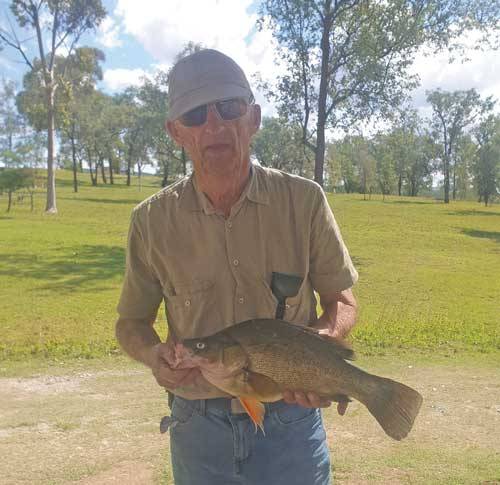
Oh yes, and in 2030, the cost for the other suggested format would go up to $45 for ten years and $10 for a weekly permit for those over 18 years.
By the way, the cost of a yearly permit currently is $60.72, with a CPI rise expected next year.
Question what the actual grand total collected from the existing permit system is from 2000 to the 2025 forecast.
Sixth, what needs to take place is to have Queensland Fisheries aquaculture, commercial and recreational fishing under the one government department – not under agriculture, which is farming, not fish and fisheries.
Seventh, I question the fact that, if you wish to sit on a board or committee and are putting your time and effort into it, you have to fill out a ‘terms of reference’ form when the advisory
committee is a non-statutory working body.
It is not a decision-making body.
There should be no required form for a position on a voluntary board or committee… you’re not a public servant!
Don’t rock the boat, don’t make waves, steady as she goes, it’s all going well, hear no evil, see no evil, speak no evil!
Eighth, boating and fisheries patrols, this is a major concern in the upper region of the Murray Darling Basin.
Get a map out and look at the headwaters of this major river system.
Having done that, add up the kilometres between townships and work out just how far you will get in three hours to visit an area where there is a fishing inspection required by Queensland Boating and Fisheries Patrol officers.
We need more staff!
Lastly, I asked at the Mackay workshop that the size limit on silver perch and golden perch be lifted to 35cm minimum size, and that the possession limit on silver perch be reinstated back
to five in possession on storages and dams.
This was about 18 months ago… still waiting.
If you have suggestions on subjects that need to be aired at the next workshop, contact your local fish stocking group and pass on your written questions, so they can be discussed and actioned.
 Bush ‘n Beach Fishing Magazine Location reports & tips for fishing, boating, camping, kayaking, 4WDing in Queensland and Northern NSW
Bush ‘n Beach Fishing Magazine Location reports & tips for fishing, boating, camping, kayaking, 4WDing in Queensland and Northern NSW

